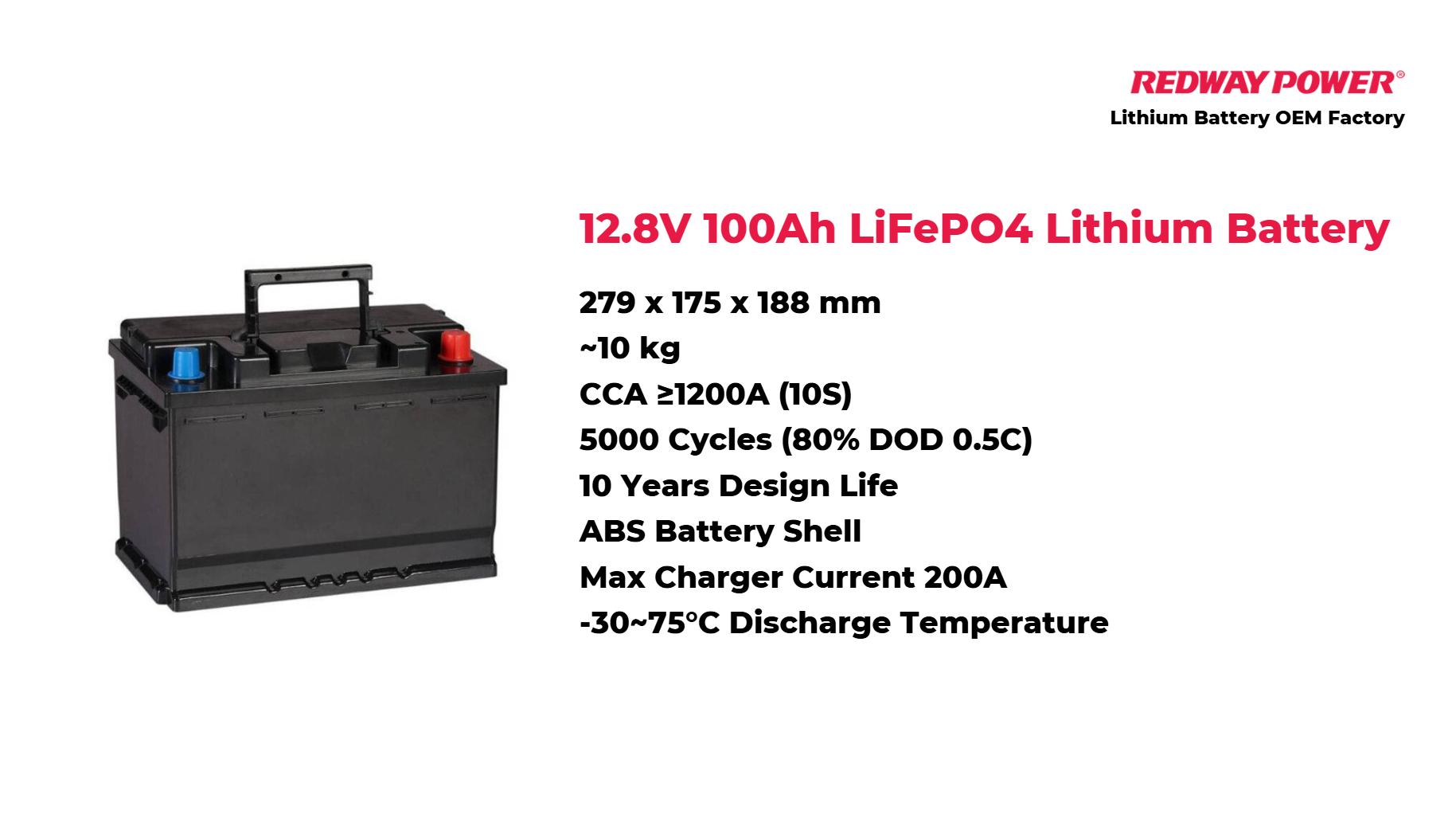
How to Replace Your Car Battery: A Comprehensive Guide
Replacing your car battery is essential for maintaining your vehicle’s performance and reliability. Signs that indicate a failing battery include slow engine cranking, dim lights, and warning lights on your dashboard. Knowing how to identify these signs and perform a replacement can save you time and money.
How Can You Identify When Your Car Battery Needs Replacing?
Identifying when your car battery needs replacing involves observing several key signs:
- Slow Engine Cranking: If your engine takes longer than usual to start, it may indicate a weak battery.
- Dim Lights: Dimming headlights or interior lights can be a sign of insufficient power.
- Warning Lights: The battery or charging system warning light on your dashboard signals potential issues.
| Sign | Description |
|---|---|
| Slow Cranking | Engine struggles to turn over |
| Dim Lights | Headlights and dashboard lights appear weak |
| Warning Lights | Dashboard indicators alerting to issues |
What Are the Common Causes for Car Battery Replacement?
Several factors contribute to the need for car battery replacement:
- Age: Most batteries last between three to five years; older batteries are more likely to fail.
- Corrosion: Build-up on terminals can impede electrical flow.
- Extreme Temperatures: Both hot and cold weather can damage batteries, leading to premature failure.
- Overuse of Electrical Systems: Running electronics while the engine is off drains the battery.
How Do You Check the Condition of Your Car Battery?
To assess your car battery’s condition, follow these steps:
- Visual Inspection: Look for corrosion on terminals and any physical damage.
- Multimeter Test: Use a multimeter; a fully charged battery should read around 12.6 volts. Below 12.4 volts indicates weakness.
- Load Test: This test measures how well your battery holds charge under load, often available at auto parts stores.
| Test Type | Purpose |
|---|---|
| Visual Inspection | Identify physical damage or corrosion |
| Multimeter Test | Measure voltage level |
| Load Test | Assess performance under load |
What Steps Are Involved in Replacing Your Car Battery?
Replacing your car battery involves several straightforward steps:
- Turn Off the Engine: Ensure your vehicle is off before starting.
- Remove the Old Battery:
- Disconnect the negative (-) terminal first.
- Then disconnect the positive (+) terminal.
- Remove any clamps or brackets holding the battery in place.
- Install the New Battery:
- Place the new battery in the tray securely.
- Connect the positive (+) terminal first, followed by the negative (-) terminal.
- Test the New Battery: Start your vehicle to ensure proper installation.
Why Is It Important to Choose the Right Type of Battery for Your Vehicle?
Selecting the correct type of car battery is crucial because:
- Compatibility: Different vehicles require specific sizes and types (e.g., lead-acid, AGM).
- Performance Needs: Vehicles with high electrical demands may require specialized batteries like AGM or deep-cycle batteries.
- Safety Concerns: Using an incompatible battery can lead to electrical failures or even fires.
How Can You Safely Dispose of Your Old Car Battery?
Proper disposal of an old car battery is essential due to hazardous materials contained within:
- Recycling Programs: Many auto parts stores offer recycling services for used batteries.
- Hazardous Waste Facilities: Check local regulations for designated disposal sites.
- Avoid Landfills: Never dispose of batteries in regular trash as they can leak harmful substances.
What Are the Benefits of Professional Battery Replacement Services?
Opting for professional services for your battery replacement offers several advantages:
- Expertise and Safety: Professionals ensure safe handling and installation, reducing risks associated with incorrect installation.
- Warranty Coverage: Many services provide warranties on both parts and labor, giving you peace of mind.
- Convenience: Mobile services can come directly to your location, saving you time and effort.
Industrial News
Recent developments in automotive technology emphasize advancements in battery design, particularly regarding electric vehicles (EVs). Manufacturers are focusing on producing batteries that not only last longer but also charge faster, enhancing overall vehicle performance. Additionally, eco-friendly disposal methods are becoming standard practice as awareness grows about environmental impacts.
LiFePO4 Battery Expert Views
“LiFePO4 batteries are revolutionizing how we approach energy storage in vehicles,” states Dr. Emily Carter, an automotive energy expert. “Their safety, longevity, and efficiency make them ideal for modern applications, especially in electric vehicles where reliability is paramount.” This perspective highlights the importance of selecting advanced technology in automotive batteries.
